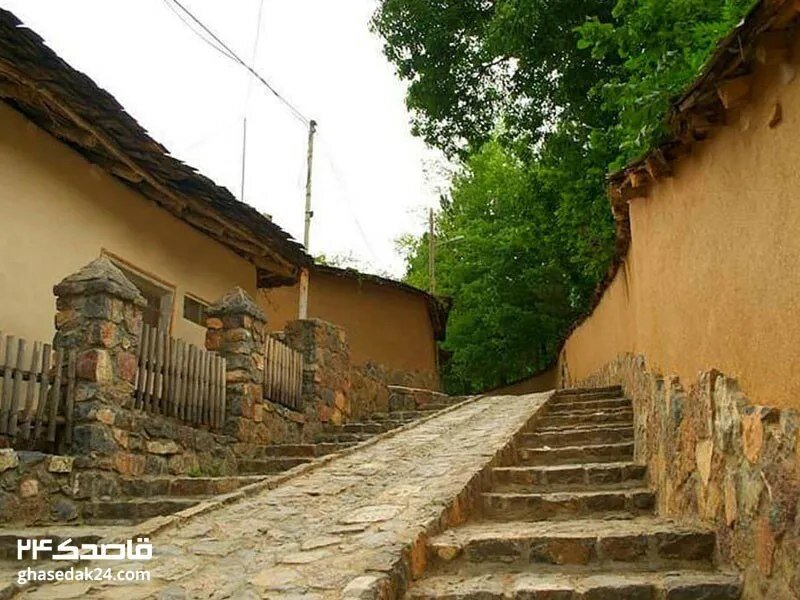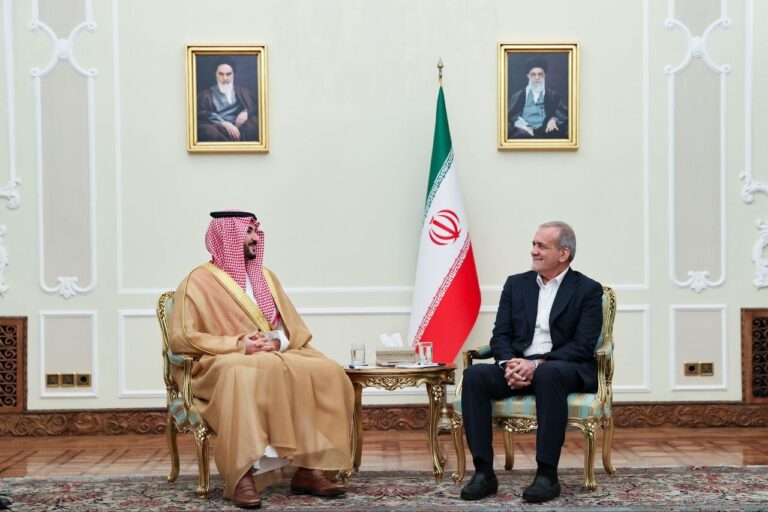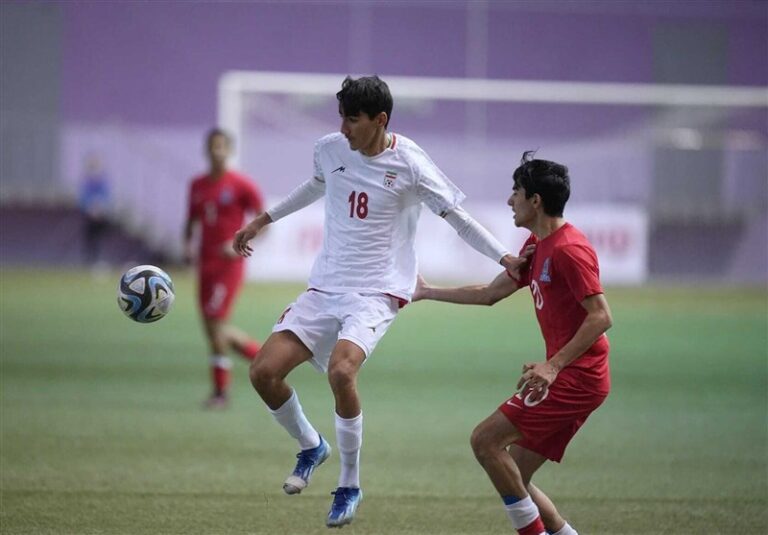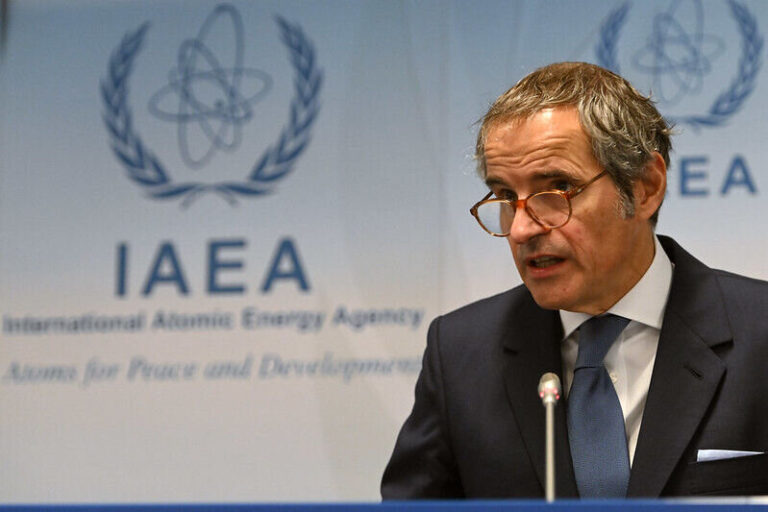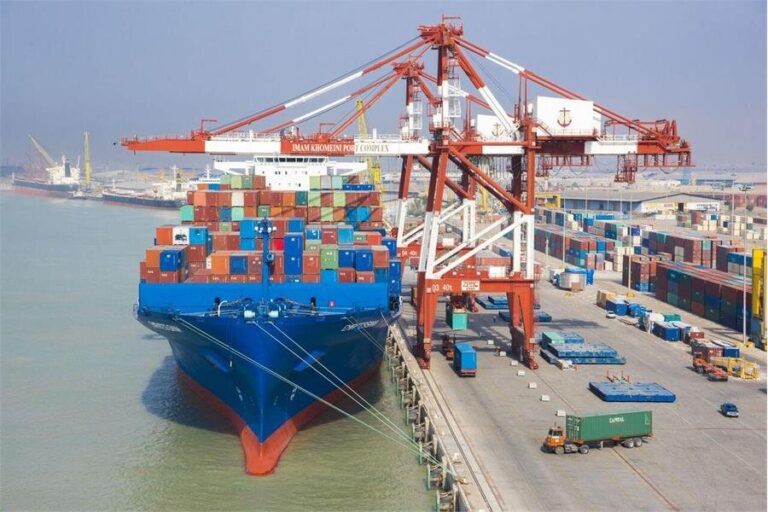Iran’s Hidden Gems: Tourist Villages Set for Global Recognition and Registration
In a significant development for Iranian tourism, the director-general of the Domestic Tourism Development Office, Mostafa Fatemi, recently announced that a comprehensive list of 130 tourist villages has been compiled. This initiative aims to promote sustainable tourism across rural areas, with eight specific villages shortlisted as candidates for the prestigious title of Best Tourism Villages, as reported by IRNA.
During a joint webinar attended by representatives from candidate villages across eight provinces, Fatemi detailed the selection process. The villages identified include:
- Soheili (Hormozgan province)
- Kandolus (Mazandaran province)
- Palangan (Kordestan province)
- Moeel (Ardabil province)
- Hasanlu (West Azarbaijan province)
- Shafi’abad (Kerman province)
- Baraghan (Alborz province)
- Fahraj (Yazd province)
These villages were selected based on stringent criteria established by UN Tourism for 2025. They were evaluated on their global registration potential and unique tourism attractions, particularly their cultural, historical, and natural resources. However, Fatemi noted that there are significant challenges that need to be addressed:
- International Connections: Many of these villages struggle with establishing reliable connections to international tourist markets.
- Transportation Infrastructure: Poor infrastructure limits accessibility to these beautiful villages.
- Economic Sustainability: The tourism sector in these areas often lacks financial viability, which hinders long-term development.
He emphasized the necessity of improving various indicators, including hygiene, safety, and the protection of cultural resources, to ensure the successful completion of the documentation for candidate villages. The deadline for completing these documents is set for May 18.
Since the launch of the Best Tourism Villages initiative in 2021, the aim has been to foster sustainable tourism in rural areas. This initiative focuses on preserving natural landscapes, cultural heritage, and indigenous lifestyles, including local gastronomy and values. A prime example of this commitment is the village of Esfahak, which has been recognized for its efforts in revitalizing its heritage and transforming it into a sustainable tourism hub.
Esfahak: A Model for Sustainable Tourism
The historical village of Esfahak, located in Iran’s South Khorasan province, has achieved recognition as one of UN Tourism’s Best Tourism Villages for 2024. This accolade underscores Esfahak’s remarkable evolution from the devastation caused by a 1978 earthquake to a thriving cultural and eco-tourism destination.
Once severely damaged, Esfahak was nearly abandoned after the earthquake struck Tabas, leaving residents in temporary shelters. Over time, the community displayed resilience by rebuilding their homes using traditional methods, such as constructing Otagh-e-Choobi (wooden rooms). Their commitment to sustainability and cultural preservation has been instrumental in revitalizing the village.
Today, Esfahak is celebrated for its unique architecture and sustainable tourism practices. The village has developed eco-lodges and restored traditional homes using ancient adobe techniques, which have attracted attention both locally and internationally. The transformation of Esfahak has not gone unnoticed, earning the village the prestigious Asia Architecture Award.
Tourists from around the globe now flock to Esfahak to experience its stunning adobe structures and the vibrant local culture. The village serves as an exemplary model of how communities can successfully balance tourism with the preservation of their cultural heritage and natural beauty.
In conclusion, the initiative to recognize and promote the Best Tourism Villages in Iran reflects a growing commitment to sustainable tourism. By focusing on the unique attributes of each village, such as Esfahak, Iran aims to attract more visitors while ensuring that its cultural and natural heritage is safeguarded for future generations. The upcoming deadline for documentation completion will be crucial for the selected villages as they strive to secure their place on the global tourism stage.
